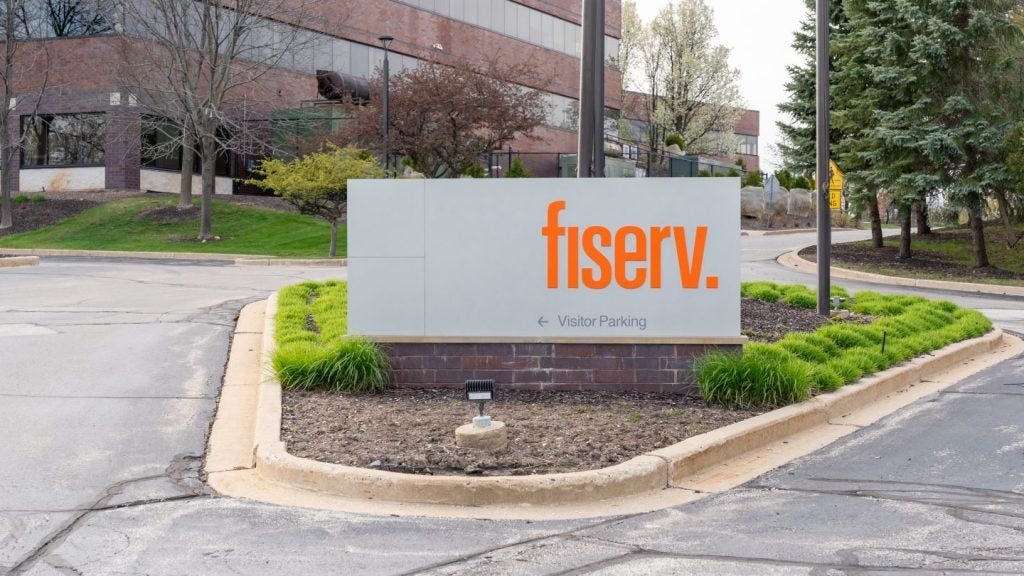A study of US consumer payment trends shows the use of
cash is declining more rapidly as an ever-wider range of card-based
payment options is embraced. Of those who have reduced cash use, 97
percent are shifting towards debit, credit or gift/prepaid cards.
Charles Davis
reports.
According to a 2008 nationwide study conducted
by BAI Research and Hitachi Consulting, traditional card-based
payment methods in the US have already whittled away the base of
cheque transactions, and are now impacting consumers’ use of cash.
Indicatively, 41 percent of consumers surveyed indicated they use
cash less often today than they did two years ago with an
increasing number substituting card-based payments in place of
cash.
The study was sponsored by payments processor
First Data, banking and payments technology vendor Metavante,
financial industry services supplier Harland Clarke, ATM and POS
network operator PULSE and MasterCard Worldwide.
US consumers carry an average of four credit
cards in their wallets, but only 2.2 of those cards are used to
make purchases in any given month, underscoring how competitive the
credit card market has become. Study findings reflected the
consolidation that has occurred in the credit card industry, with
75 percent of consumers’ Visa and MasterCard credit cards coming
from just 10 large issuers.
The biggest winner
The biggest winner, as the study shows, is the
debit card. In less than a decade, the in-store use of debit cards
has increased to 37 percent of the payments mix, from 21 percent in
1999. And while banks have historically promoted signature debit
over PIN-based debit, consumers in the study expressed a distinct
preference for PIN-based debit payment.

US Tariffs are shifting - will you react or anticipate?
Don’t let policy changes catch you off guard. Stay proactive with real-time data and expert analysis.
By GlobalDataPIN debit is preferred by 45 percent of
consumers, while 35 percent prefer signature (20 percent have no
preference). Those preferring PIN debit consider it more secure,
faster, and easier to use than signature. Consumers preferring
signature debit do so for the security, lack of fees, their
inability to remember a PIN, and, in some cases, rewards
programmes.
Notably, the study found that the
much-publicised prepaid/gift card category was not as robust as
some analysts anticipated. Gift/prepaid cards accounted for only 4
percent of consumers’ in-store purchases, the same level as in
2005. Study findings suggest, however, that the market for
open-loop gift/prepaid cards is increasing. Retailer-specific cards
continue to dominate the gift card market, but more than twice as
many gift card purchasers/receivers bought or were given a general
purpose gift card in 2008 as were in 2005.
In the identical 1999 study, cash
accounted for 39 percent of consumers’ in-store payments. In the
latest study, the authors noted that after holding relatively
steady for the past several years, cash dropped to 29 percent of
the payments mix in 2008.
That might not seem so dramatic unless one
stops to consider just how significant cash was as a payments
channel just a decade ago, and by how much its use has declined not
only in terms of POS transactions but also in terms of ATM
usage.
Cashback at the POS is rapidly eroding ATM
transaction volumes, and 62 percent of recurring bills are now paid
electronically – a huge jump from 45 percent just three years ago.
The study’s authors said this increase could be attributed to a
number of factors, including the emergence of technology-friendly
younger consumers now paying bills.
In addition, banks that often reward consumers
for using electronic bill payment, and billers who offer incentives
to consumers for setting up regular automated payment, have added
to its appeal.
Credit, however, is still king. According to
the study, nearly half of all active cardholders revolve at least a
portion of their total credit card balance each month. Although a
slight majority of cardholders (54 percent) reported they pay all
credit card balances in full, 46 percent carry a debit balance on
one or more cards each month.
Rewards programmes continue to be a
significant driver of credit card use, as more than 75 percent of
cardholders report having rewards attached to at least one card.
Overall, 58 percent of US cards in circulation earn rewards. For 51
percent of rewards cardholders, rewards have a strong impact on
their use of the card.
One factor that could keep PIN-based debit
from outpacing signature debit is the fact that most debit-oriented
reward programmes only offer incentives such as points, airline
miles or cash-back for signature debit, not PIN-based debit.
The mix of debit and credit card transaction
volumes is changing, though, and debit is widely expected to
continue to erode credit volume. According to the survey, consumer
usage of both signature and PIN debit for in-store purchases are
expected to increase over the next two years by 12 percent and 10
percent respectively. Credit card usage is expected to decrease by
2 percent while papers cheques are anticipated to see a 15 percent
reduction in usage.
Change down to consumer
Most of the change will be due to
consumers substituting use of one payment method for another,
especially in the case of paper cheques and cash. Also, a large and
rapidly growing portion of younger consumers plan to increase their
use of debit over other payment forms.
Cash continues to dominate in venues with
small-ticket sizes and where other forms of payment are not
accepted. Debit remains most popular in its traditional venues:
grocery stores, pharmacies and discount stores. Credit is
frequently used for discretionary purchases in department stores
and restaurants, for example, as well as at fuel stations. Cheques
continue to be used at discount stores, grocery stores and drug
stores and, although clearly on the decline, have been stubbornly
hung on to by a significant portion of the population.
Looking ahead, Chris Allen, director of
consulting services in the financial services practice at Hitachi
Consulting, said: “I expect the shift from paper to electronic
payments to continue as consumers increase their use of cards and
new forms of electronic payments gain traction.
“Although the proliferation of payment methods
increases the complexity of managing payments, it also creates
opportunities for financial institutions and payment service
providers. There are a lot of changes taking place, and it is an
exciting time to be in the industry.”







